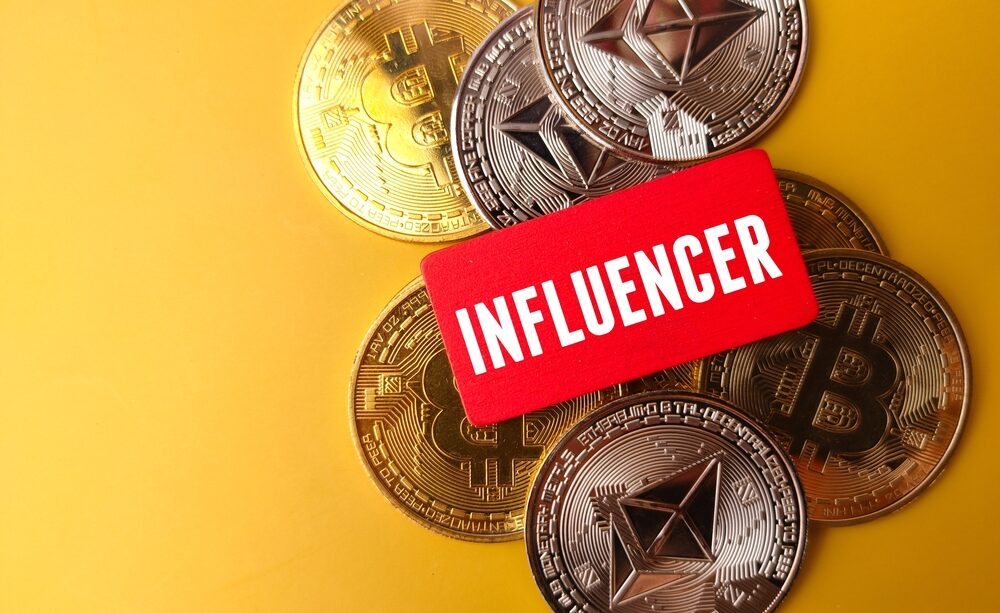The Emergence of Artificial Intelligence in Influencer Marketing Tactics
Nowadays, the symbiotic relationship between influencers and brands has reached new heights with the integration of Artificial Intelligence (AI). As we make our way through 2024, each day we look at our social media, we will observe that the fusion of AI and influencer marketing is not just a ...
5 Common Mistakes To Avoid When Building Your Influencer Strategy
While it is evident that Influencer Marketing can reap various benefits for a business, it is imperative to consider the potential mistakes brands make when utilizing this tool. Influencer marketing is not as simple as choosing a popular Instagram account and throwing money at them. If ...
How Has Influencer Marketing Changed In 2020?
The rise of influencer marketing has grown substantially over the past few years, and it’s not going to stop anytime soon. Considered to be one of the most valuable forms of marketing present on social media, many companies are turning to influencers who operate in the relevant niche to promote ...






